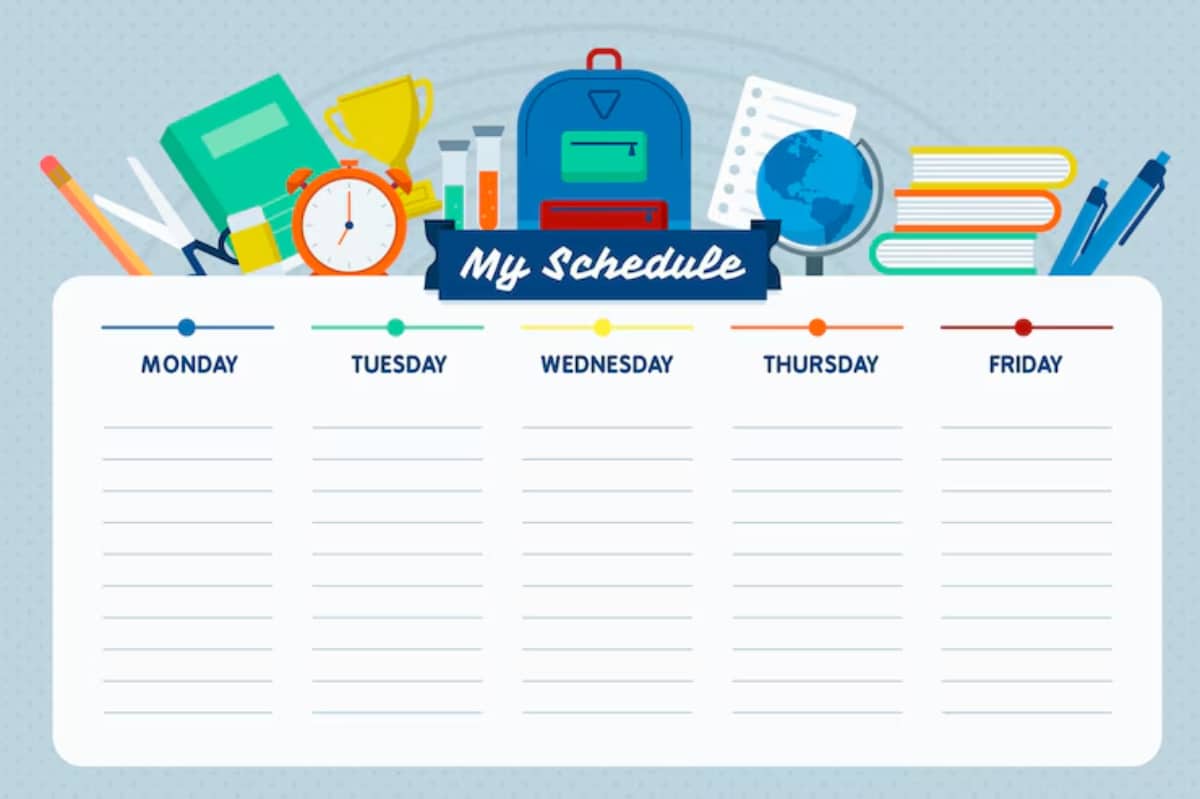
How to Keep Homeschooling Affordable Year-Round
Homeschooling is rewarding, but it can also be quite costly. Costs can rise fast. This includes curriculum, supplies, field trips, and online tools. When you homeschool year-round, costs go further than with traditional school.
The good news is that with the right planning, you can save money homeschooling without sacrificing quality. This guide offers practical advice for homeschooling on a budget at any time of year.
If you’re new to homeschooling or starting year-round learning, this guide is for you. It offers practical tips to make your home education more affordable and sustainable.

Understanding the Core: Why Year-Round Homeschooling Affects Your Budget
Homeschooling year-round gives flexibility and reduces burnout. However, it also means ongoing costs. Year-round models need ongoing planning, which is different from a nine-month school year, where materials can be reused or paused.
Key financial pressure points include:
- Curriculum updates or new purchases every term
- Supplies and printables for ongoing projects
- Extracurricular activities that don’t follow a school calendar
- Energy and utility costs from learning at home more often
Understanding how to homeschool on a budget is key for long-term success.
Pro Tip: Make a monthly “unit box.” Fill it with materials, plans, and resources related to the learning theme of the month. This will help control spending and reduce impulse buys.

Quick Guide: How to Save Money Homeschooling Year-Round
Here’s a snapshot of smart, affordable homeschool tips you can follow year-round:
- Use free and open educational resources (OER)
- Join homeschool co-ops for group discounts
- Reuse and recycle curriculum where possible
- Set a clear annual budget (and stick to it!)
- Take advantage of the library and community programmes
- Plan for sales and off-season purchases
- Rotate enrichment activities seasonally to save
- Embrace DIY learning tools and projects
- Limit paid subscriptions to what truly adds value
- Track monthly spending to catch creeping costs
Important Note: Don’t buy full-year curriculum bundles in a panic. Many families find these overwhelming or only use a fraction of the material. Trial first, where possible.

Step-by-Step Guide: How to Practise Affordable Homeschooling Year-Round
1. Start with a Solid Budget
Make a simple spreadsheet or use a budget app to track yearly homeschooling costs. Include:
- Curriculum and course materials
- Supplies (stationery, arts and crafts, books)
- Technology needs (laptop, printer, subscriptions)
- Field trips and extracurricular activities
Break this down by month to reflect your year-round schedule.
2. Choose Curriculum Strategically
- Opt for reusable or multi-grade curriculum (e.g. Teaching Textbooks, Life of Fred)
- Consider open-source platforms like Khan Academy, Ambleside Online, or Easy Peasy.
- Join Facebook groups or local forums to buy used curriculum affordably.
3. Leverage the Library
Public libraries are goldmines for homeschooling:
- Free books, audiobooks, and eBooks
- Access to databases, language learning tools, and video resources
- Free or low-cost workshops and reading programmes
4. Rotate and Reuse Supplies
Set up a storage space to organise and reuse materials from previous units. Think:
- Laminated charts
- Printable worksheets in binders
- Craft supplies sorted by type for seasonal use
5. Plan Off-Peak and Free Field Trips
Many museums and science centres offer:
- Homeschool days with discounted admission
- Free admission on specific weekdays or off-peak seasons
- Educational workshops and behind-the-scenes tours
6. Use Free Online Tools
Maximise free tech resources:
- Typing.com (typing skills)
- Scratch (coding for kids)
- Google Earth and Google Arts & Culture (virtual geography and art tours)
- YouTube channels like CrashCourse or SciShow Kids
7. Join a Homeschool Co-op
Co-ops allow you to:
- Share teaching responsibilities
- Pool resources (science kits, educational games)
- Access group discounts on classes and activities
8. Limit Paid Subscriptions
Be selective—ask:
- Will we use this weekly or monthly?
- Does it cover multiple ages?
- Is there a free trial or family plan?
Rotate subscriptions to avoid paying for multiple services at once.
Best Practices & Additional Insights
- Shop end-of-season sales for supplies and books
- Use cashback sites or education discounts (e.g., Microsoft, Apple Education Store)
- Promote low-cost independent projects. For example, research a country and cook its recipe.
- Rotate learning environments—a change of scene doesn’t need to cost money. Try park school days or museum sessions.
- Think about bartering skills in your homeschool group. For example, you could trade science tutoring for art lessons.
FAQs
What’s the cheapest way to homeschool?
Here are some of the cheapest strategies:
- Use free resources.
- Reuse supplies.
- Join local co-ops.
Avoid over-purchasing curriculum and make use of public libraries.
Can I homeschool without buying a curriculum?
Yes. Many parents find success with free online resources. They also create DIY learning plans, which often include library books, printable worksheets, and hands-on projects.
How do I find used homeschool materials?
Look at Facebook Marketplace, homeschool forums, and curriculum swaps. You can also check sites like Homeschool Classifieds or eBay.
How much should I budget for year-round homeschooling?
This varies, but many families spend between £200 and £800 annually per child. You can reduce this significantly with the tips shared in this guide.
Make Smart, Sustainable Homeschool Choices
Year-round homeschooling doesn’t need to drain your wallet. Plan carefully, use resources wisely, and focus on the community. This way, you can create a valuable educational experience without overspending.
Using these budget-friendly homeschool tips can help you save money and teach your child resourcefulness, creativity, and financial literacy.
Ready to get started? Get our free printable homeschool budget planner and start planning for a more affordable homeschooling year.


